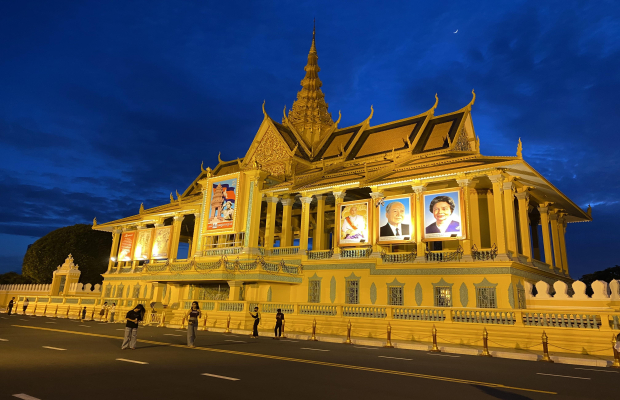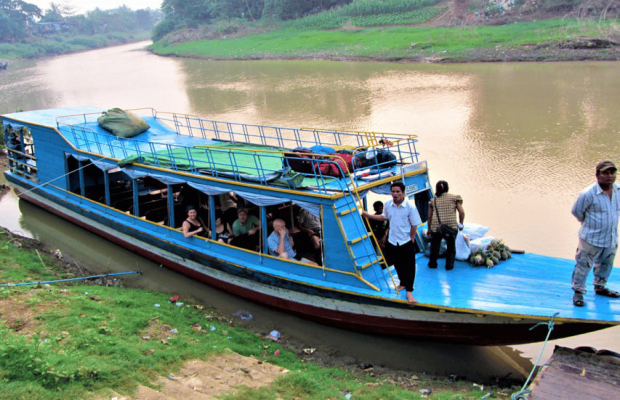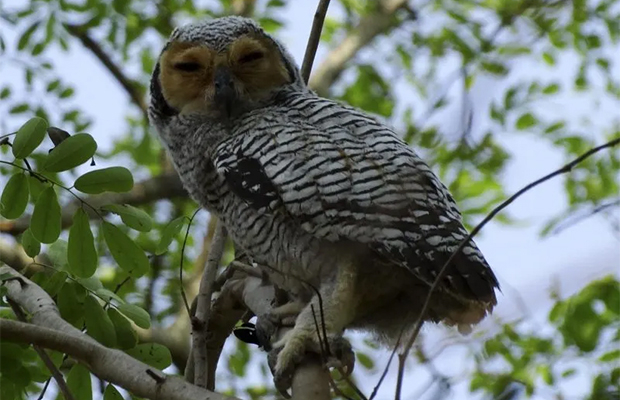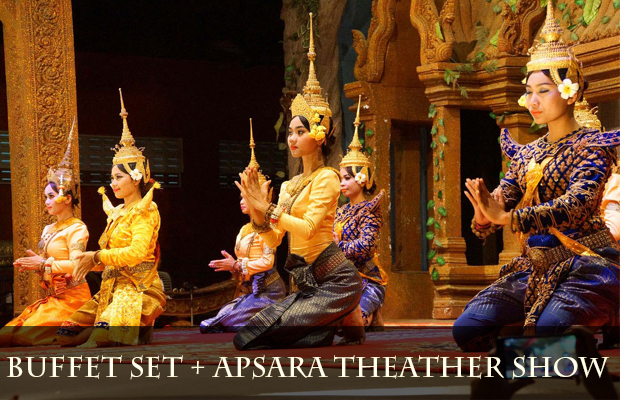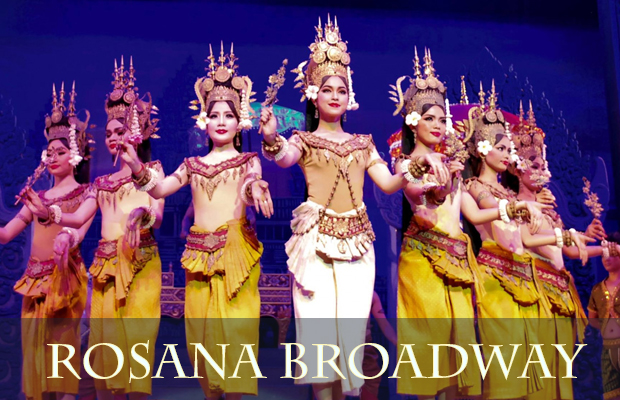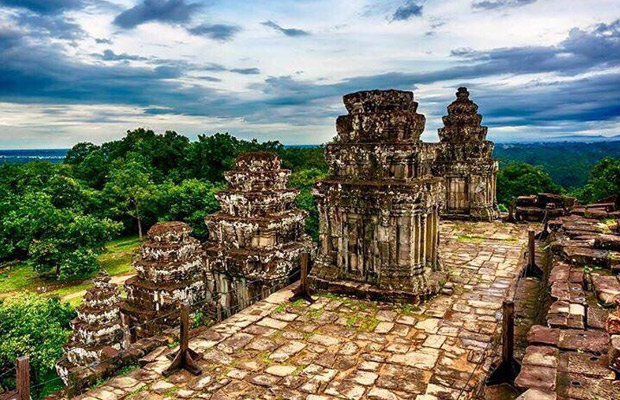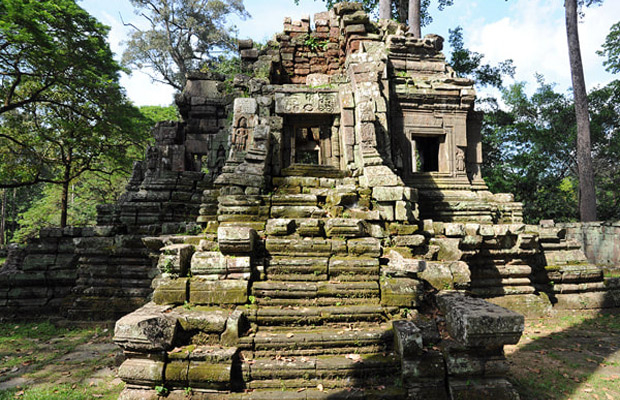Cambodia Temple Guide
Neak Pean Temple
A small island temple located in the middle of the last baray (the Preah Khan Baray or Jayatataka) to be constructed by a Khmer king in the Angkor area. The central temple sits at the axis of a cross or lotus pattern of eight pools. Originally known as Rajasri, Neak Pean took its modern appellation, which means ‘coiled serpents,’ from the encoiled nagas that encircled the temple.
The temple is faced by a statue of the horse, Balaha, saving drowning sailors. Though originally dedicated to Buddha, Neak Pean contains several Hindu images.
Neak Pean may have served an absolution function, and the waters were thought to have healing properties. During the dry season when the water is low, check out the animal and human headwater spouts at the outside center of each pool. Neak Pean is most photogenic in the wet season when the pools are full.
Etymology of Neak Pean Temple
The name is derived from the sculptures of snakes (N?ga) running around the base of the temple structure.
History of Prasat Neak Pean
Some historians believe that Neak Pean represents Anavatapta, a mythical lake in the Himalayas whose waters are thought to cure all illness.[3] Neak Pean was originally designed for medical purposes, as it is one of the many hospitals that Jayavarman VII built. It is based on the ancient Hindu belief of balance. Four connected pools represent Water, Earth, Fire and Wind. The ancients believed that going into these pools would balance the elements in the bather, thus curing disease. In the middle of the four healing ponds is the central water source. There is a statue of Balaha (Bodhisattva Guanyin transformed into a horse), as a symbol of drowning prevention.







.jpg)


